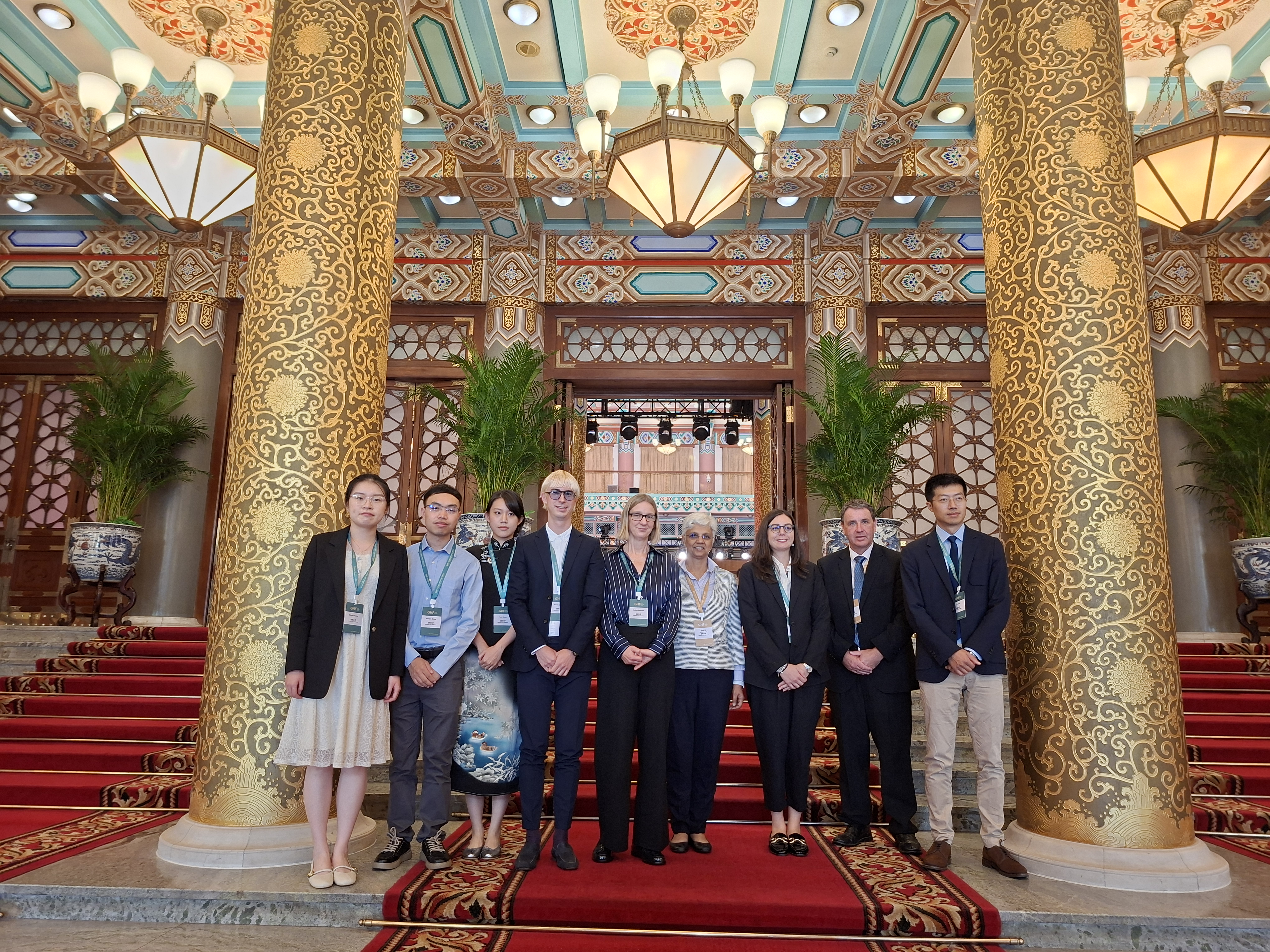The Global Heritage Forum 2025, held in Beijing, China, from 24th-29th September 2025, provided the Department with an immense opportunity to build intercultural bridges on the vital topic of cultural heritage, which is spearheaded by UNESCO. The Forum highlighted the overarching connections between cultural heritage and other fields, such as urban redevelopment, land use, law, the environment, and the promotion of sustainable development, all resonating with the key interdisciplinary focus of the Department of Land Economy.
The delegation heard inspiring keynote speeches from world-leading experts, including Bénédicte de Montlaur of the World Monuments Fund, who presented mechanisms such as the World Monuments Watch. Through this programme, experts can provide independent opinions and nominate UNESCO sites that are endangered and in need of preservation for future generations. Today, UNESCO World Heritage Sites face increasing threats, ranging from war and climate change to overtourism, among other pressures.
Other keynote speeches and discussions also shed light on diverse aspects of cultural heritage. For example, the delegation learned about how air rights can be used to preserve cultural heritage in cities such as New York. They also engaged in rich discussions about Beijing, the city with the world’s largest concentration of UNESCO World Heritage Sites (eight in total), including the Forbidden City, the Great Wall, the Temple of Heaven, and the Grand Canal. These insights were provided by leading scholars from Tsinghua University.
Beyond the Forum itself, the academics and PhD researchers enjoyed guided visits to four of Beijing’s UNESCO World Heritage Sites: the Temple of Heaven, the Forbidden City, the Great Wall of China, and the Summer Palace.
Renatus, a PhD student at the Department of Land Economy, said of the experience,
It is difficult to single out a favourite moment, as I deeply enjoyed both the Global Heritage Forum 2025 and the visits of Beijing’s UNESCO sites. I was particularly intrigued by seeing core principles of international law play out strongly, emphasising the need to protect cultural heritage for the benefit of humankind, reminding us of the intergenerational dimension of these historical sites, namely, to protect and preserve the past for the present and future generations.
For instance, during discussions with participants and panellists at the forum, I learned that the marble boat at the Summer Palace is being carefully preserved. UNESCO and the World Monuments Fund are working with French experts to repair emerging cracks in the stone, demonstrating how international cooperation can help safeguard cultural heritage sites at risk. The forum itself was designed to build such bridges between academics and students from around the world, fostering both cultural heritage preservation and intercultural exchange.
What struck me most about Chinese culture, as reflected in these heritage sites, is the deep connection between beauty, nature, harmony, peace, and tranquility. I am truly grateful for this experience and opportunity, and I would like to extend my thanks to the organisers and my department for making it possible.
Xinyan said,
Attending the Global Heritage Forum in Beijing was an inspiring and enriching experience. The forum brought together experts and practitioners from around the world to discuss strategies for preserving and promoting cultural heritage amid rapid urbanization and globalization. Visiting many of Beijing’s heritage sites allowed me to see these ideas in practice and gain a deeper understanding of the challenges involved in balancing preservation with modern urban development.
The sessions also underscored the importance of international collaboration and knowledge exchange in addressing global heritage issues. Meeting people from diverse countries and sharing experiences offered fresh perspectives and sparked ideas for potential collaborations. Overall, the experience broadened my perspective on heritage conservation and reinforced the significance of working together across borders to protect cultural heritage for future generations.
Renpei said,
Attending the Global Heritage Forum in Beijing and exploring the city gave me a profound appreciation of its cultural depth. From the Temple of Heaven’s sacred atmosphere to the Forbidden City’s grand palaces and the Great Wall’s enduring strength, each site revealed a unique layer of China’s long and remarkable history. These cultural heritages not only reflect the past but also shape our understanding of humanity’s shared journey.
Equally inspiring was the chance to connect with participants from different countries. Through our conversations, I feel a strong sense of cultural exchange and shared recognition of heritage as a bridge between past and future. The discussions underscored that protecting heritage is about conserving history, reutilizing it for residents, the values for generations to come, and so on.
I am grateful for this experience, which allowed me to engage closely with world heritage sites in Beijing. It sparks my interest in exploring how cultural heritage intersects with global challenges such as climate change and environmental protection.
Yuxi said,
During my site visit to 798, I noticed the strong sense of publicness in the space, with high greenery coverage, walkability, and accessibility. The plazas and small-scale galleries were hosting pop-up exhibitions and design works curated by students from Beijing’s local universities in contemporary art and architecture. As one of the pioneering projects in the adaptive reuse of modern industrial heritage in China, 798 has set an influential precedent—its creative-led model of activating heritage architecture has since been widely referenced by other cities.
I am grateful for the opportunity to once again visit Beijing’s heritage architecture and to hear reflections from students of different countries and age groups as users of these spaces. The shared memories created through the use of public space represent an important intangible asset that good architecture contributes to humanity. This experience has inspired me to align my future research with the call of SDG Goal 11, fostering culturally sustainable and renewable approaches to the adaptive reuse of heritage architecture.
View photos from the trip here:
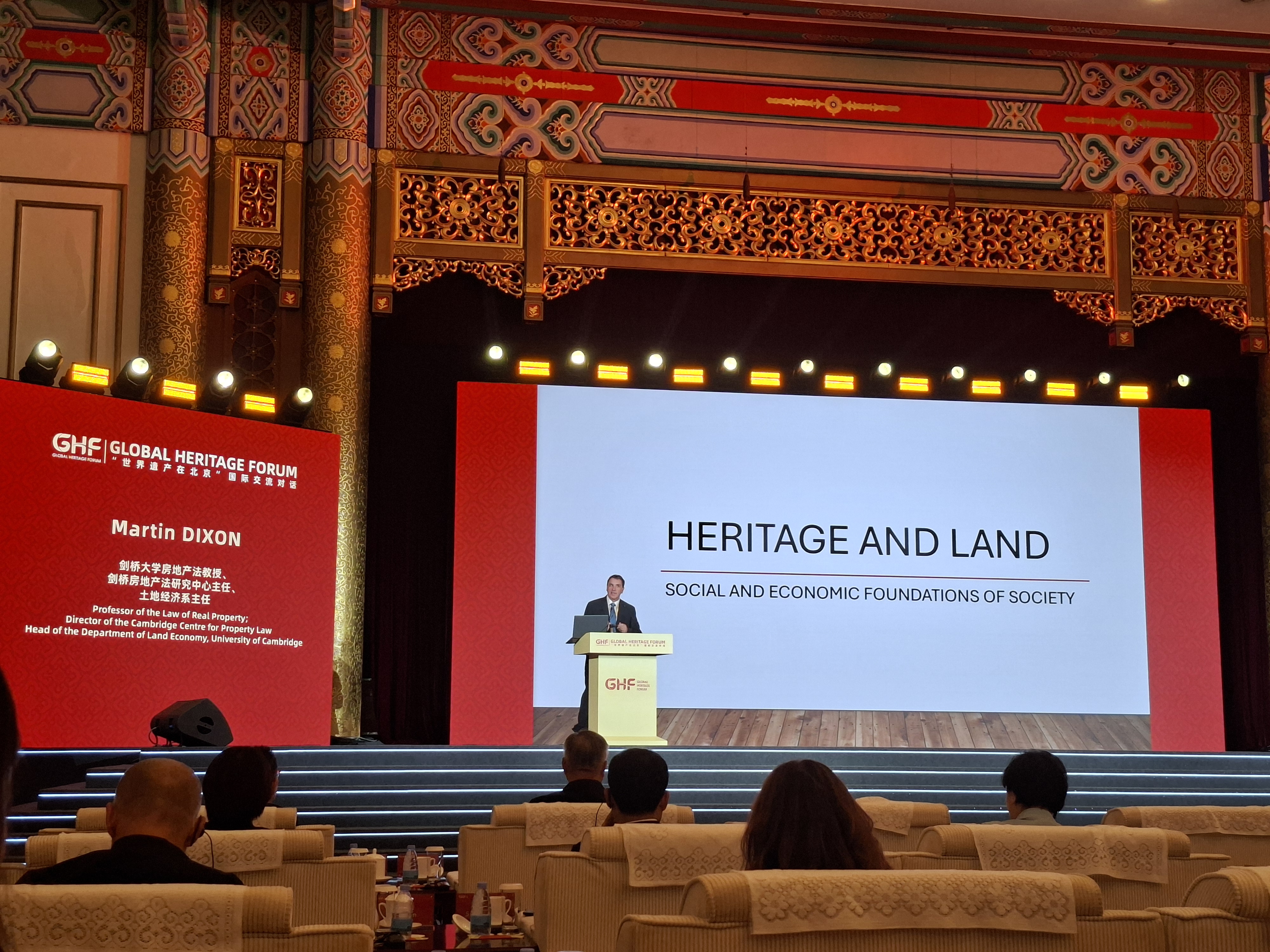
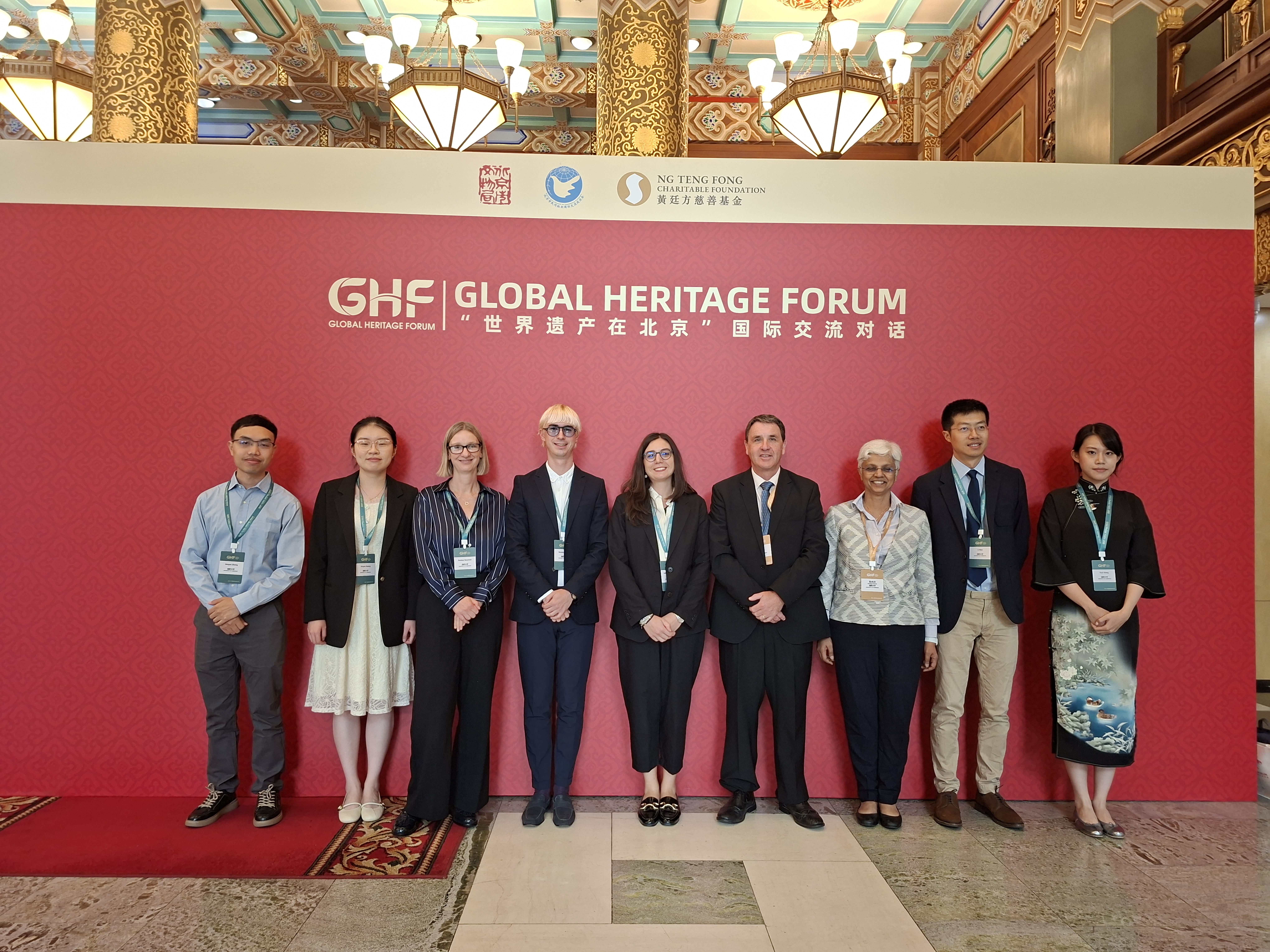
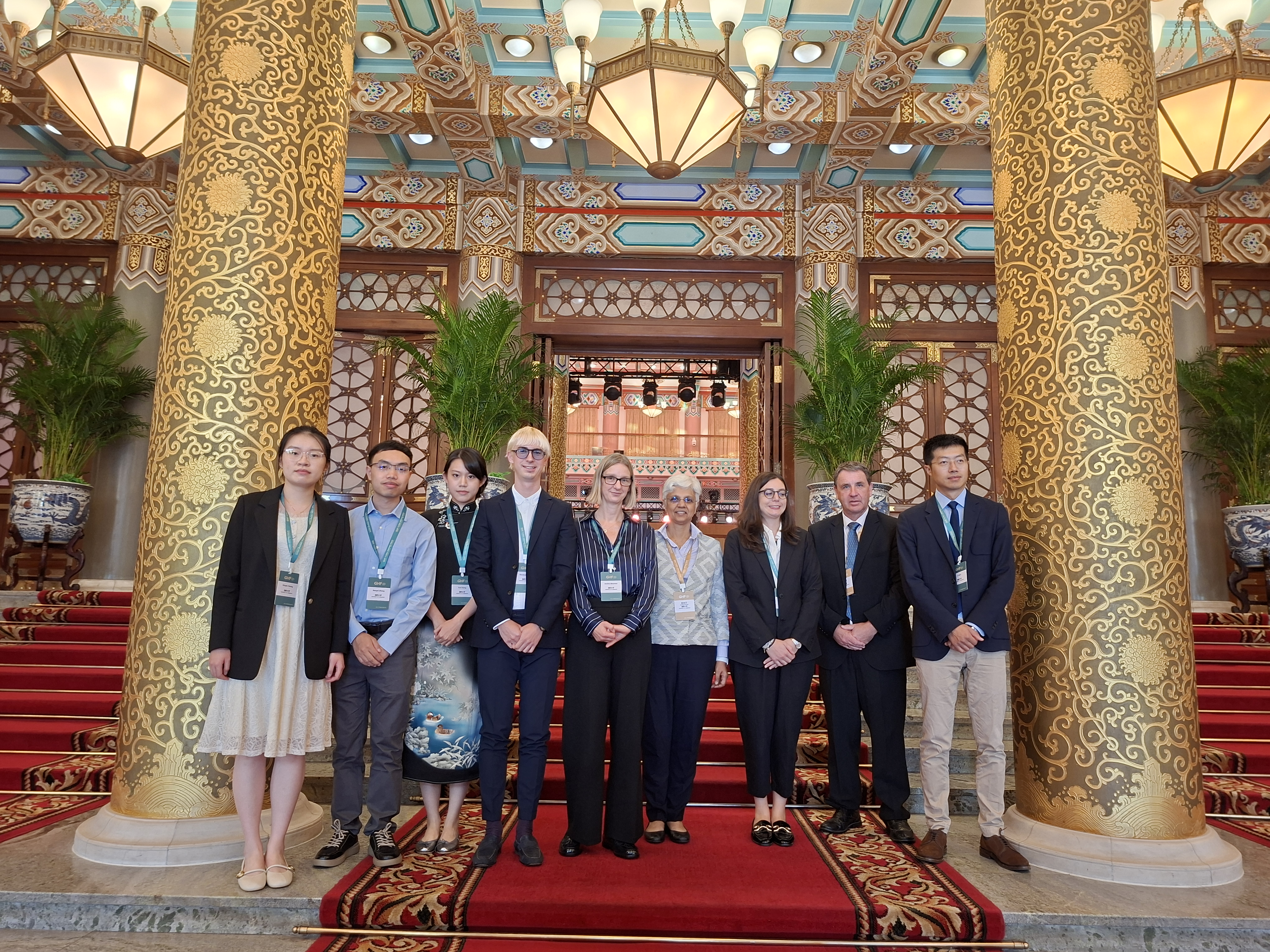
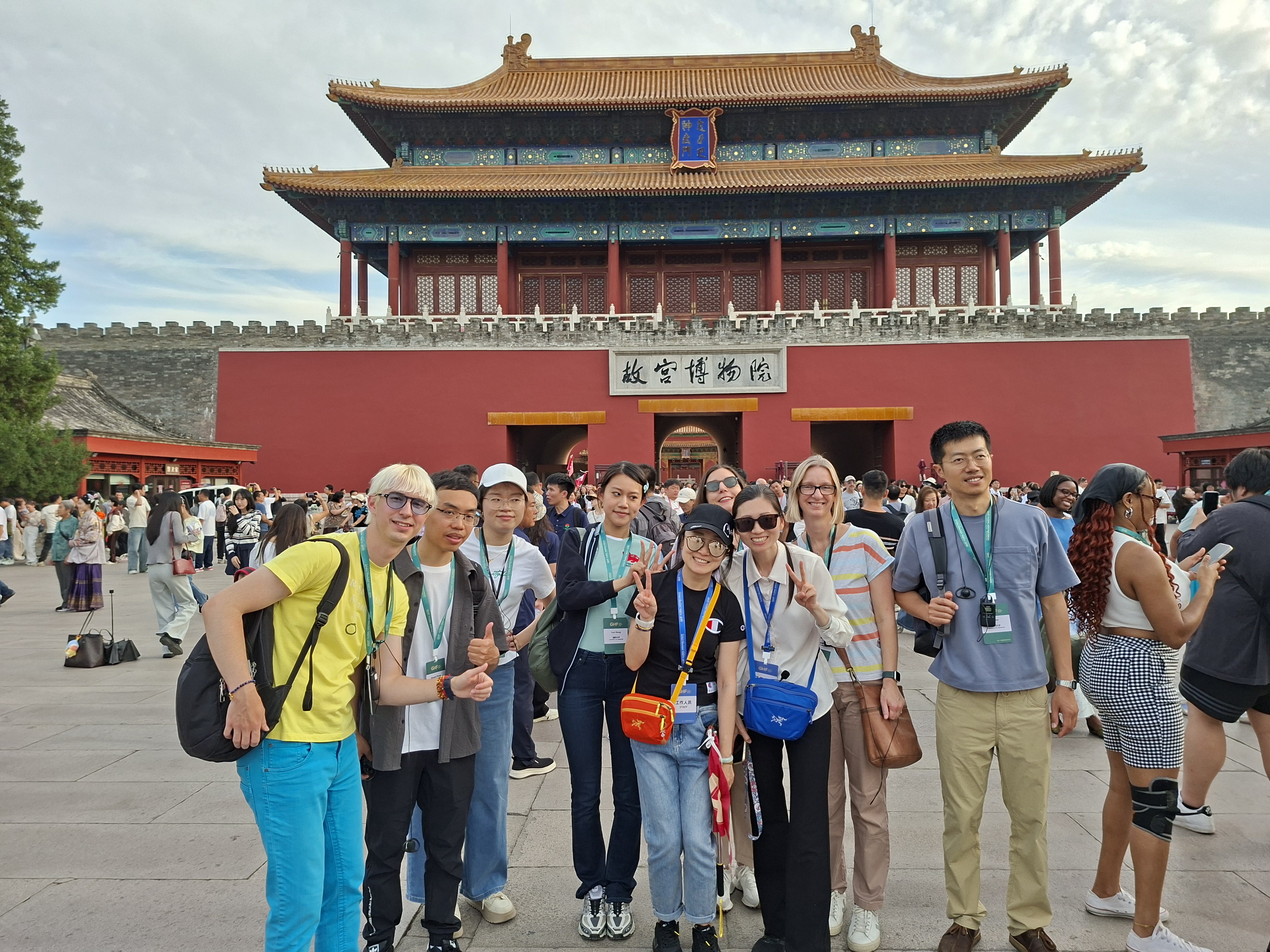
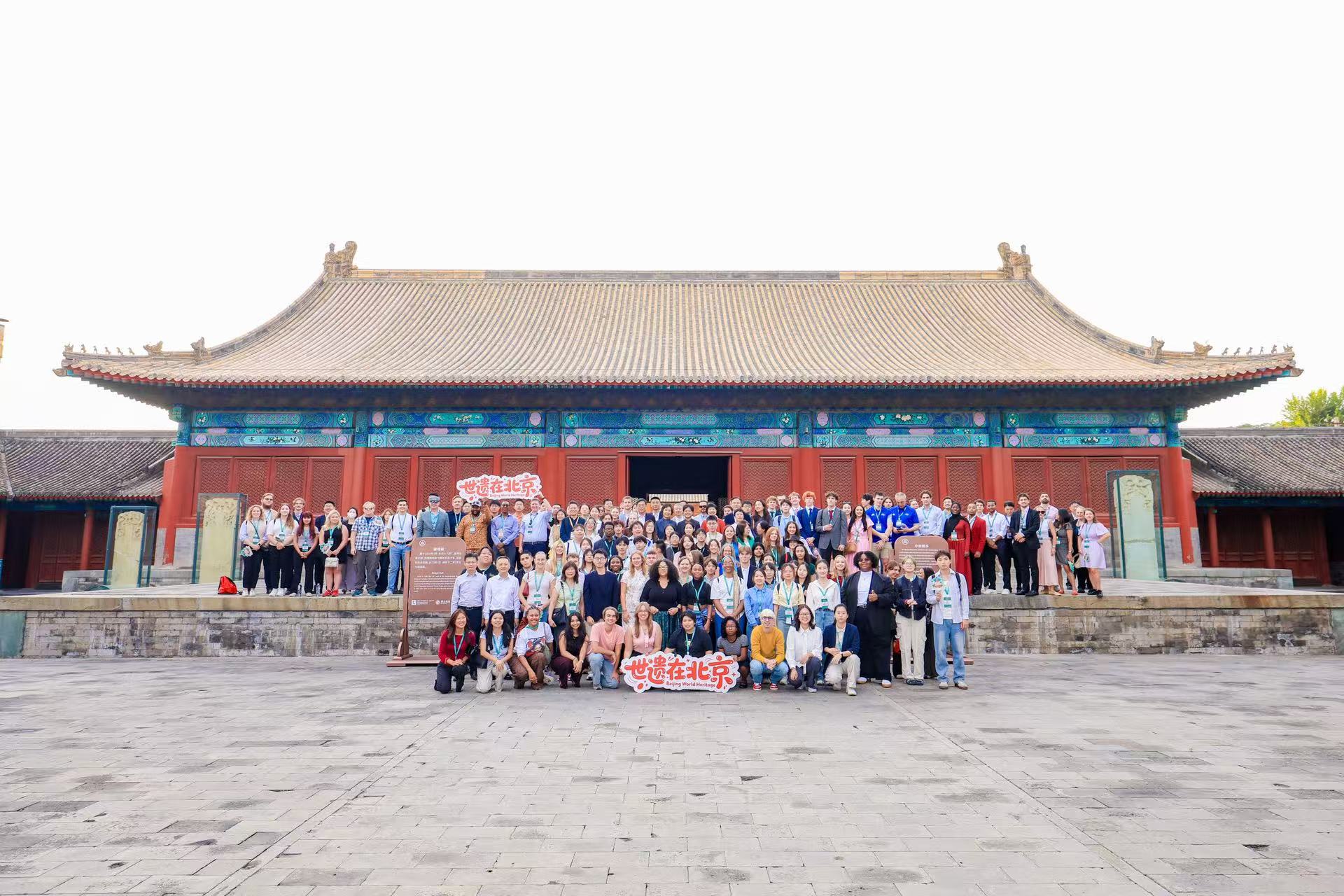
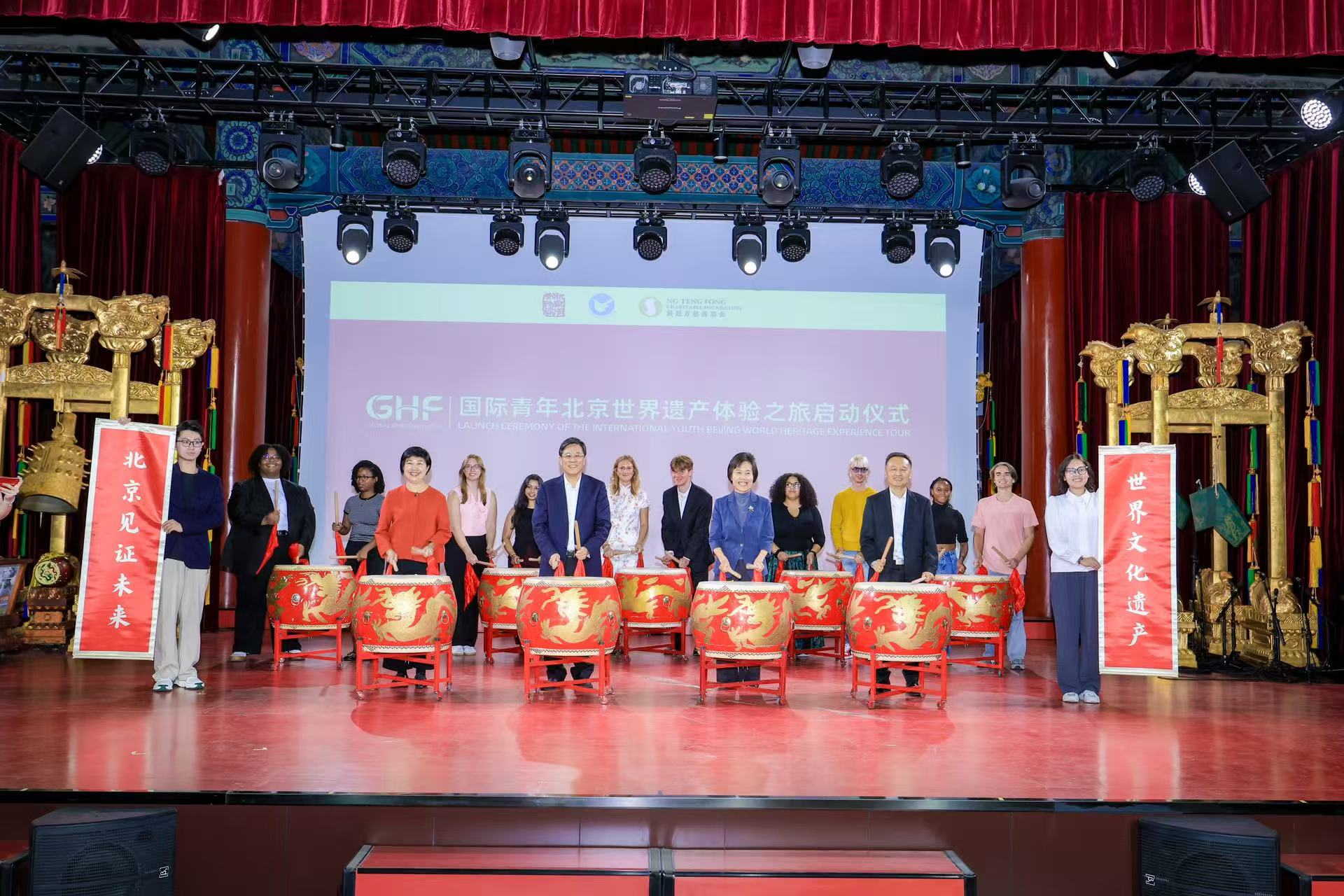
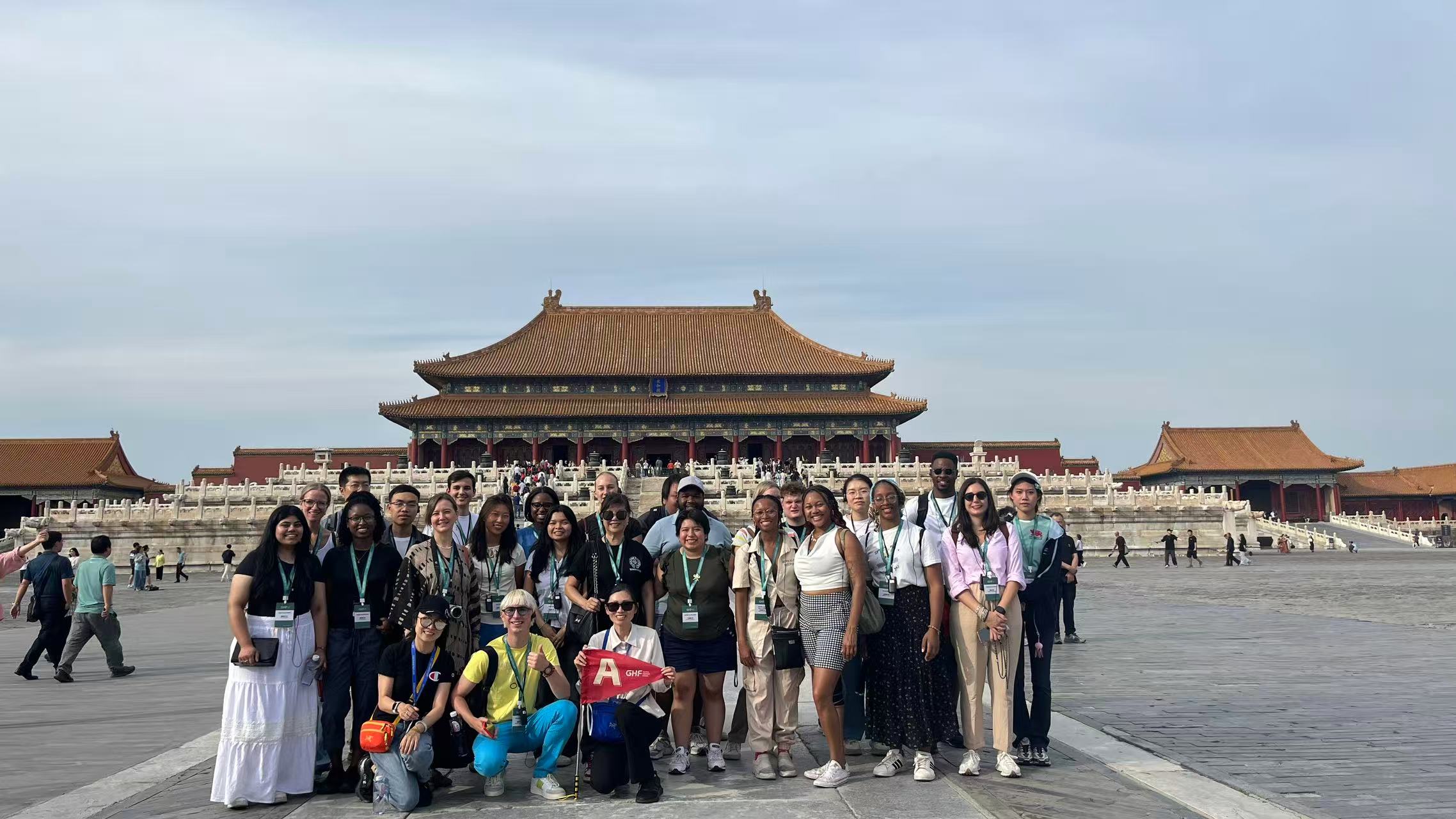
The Forum was covered in the following:

